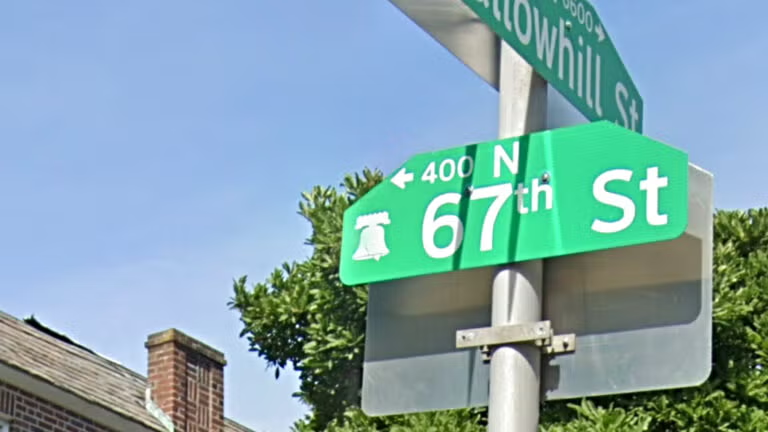Uyghurish Mandarin and shrike-tongued barbarians
I, for one, don't think it's the least bit funny.
Uyghur pronounciation
The way Uyghurs speak Mandarin is now a joke
For many it’s not funny, given the political heat around language choices
Economist (Nov 13th 2025)
The article begins with a viral joke, which Economist doesn't bother to explain (I will, though, at the end of the first paragraph):
Scroll through posts about Xinjiang on Chinese social media and an odd phrase soon appears: “Apple U”. It is a pun that mimics how some Uyghurs, the largest ethnic minority in Xinjiang, a region in China’s far north-west, pronounce “Hey, friend” in Mandarin. This meme is part of a growing trend online for using nang yan wen, or “naan Mandarin”—a way of writing and talking that wags have named after Xinjiang’s staple flatbread. Videos tagged with the term have amassed more than 1.7bn [VHM: !!!] views on Douyin, TikTok’s sister app in China, since the start of the year.
Read the rest of this entry »

